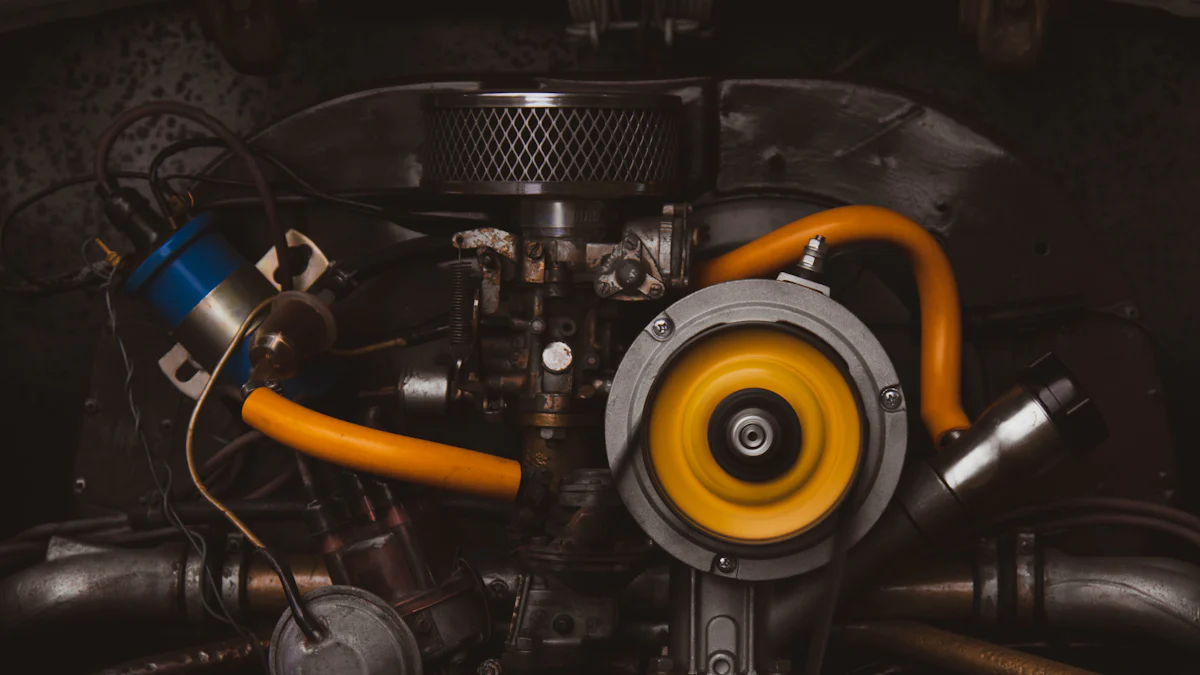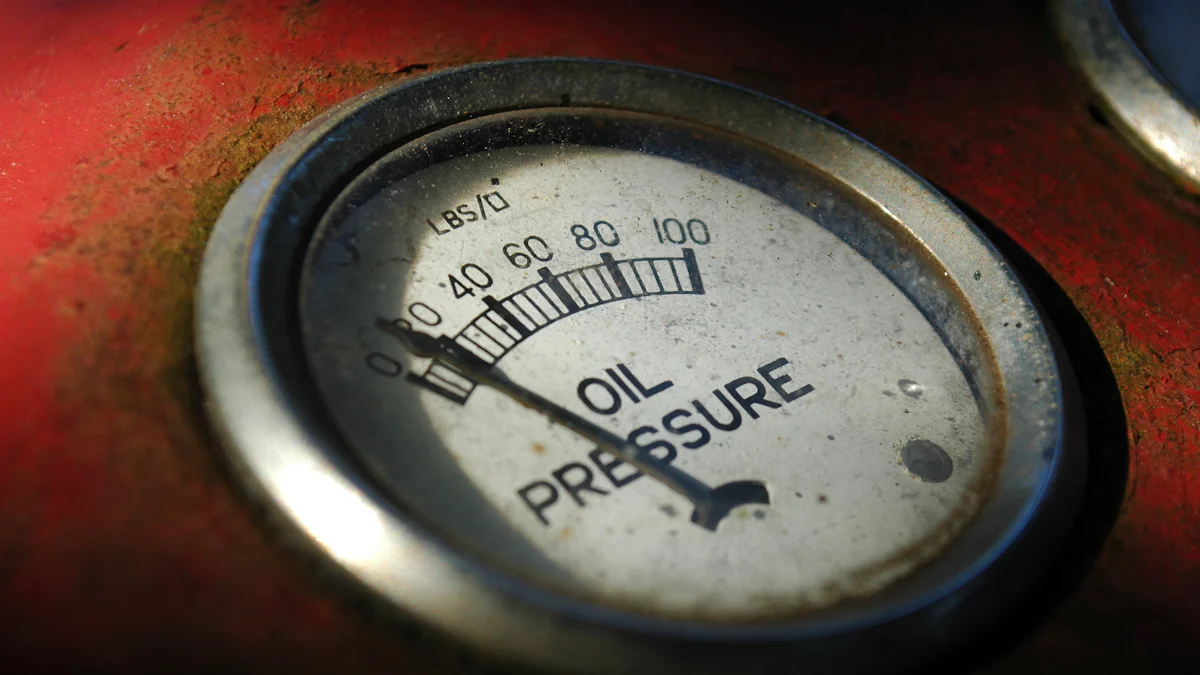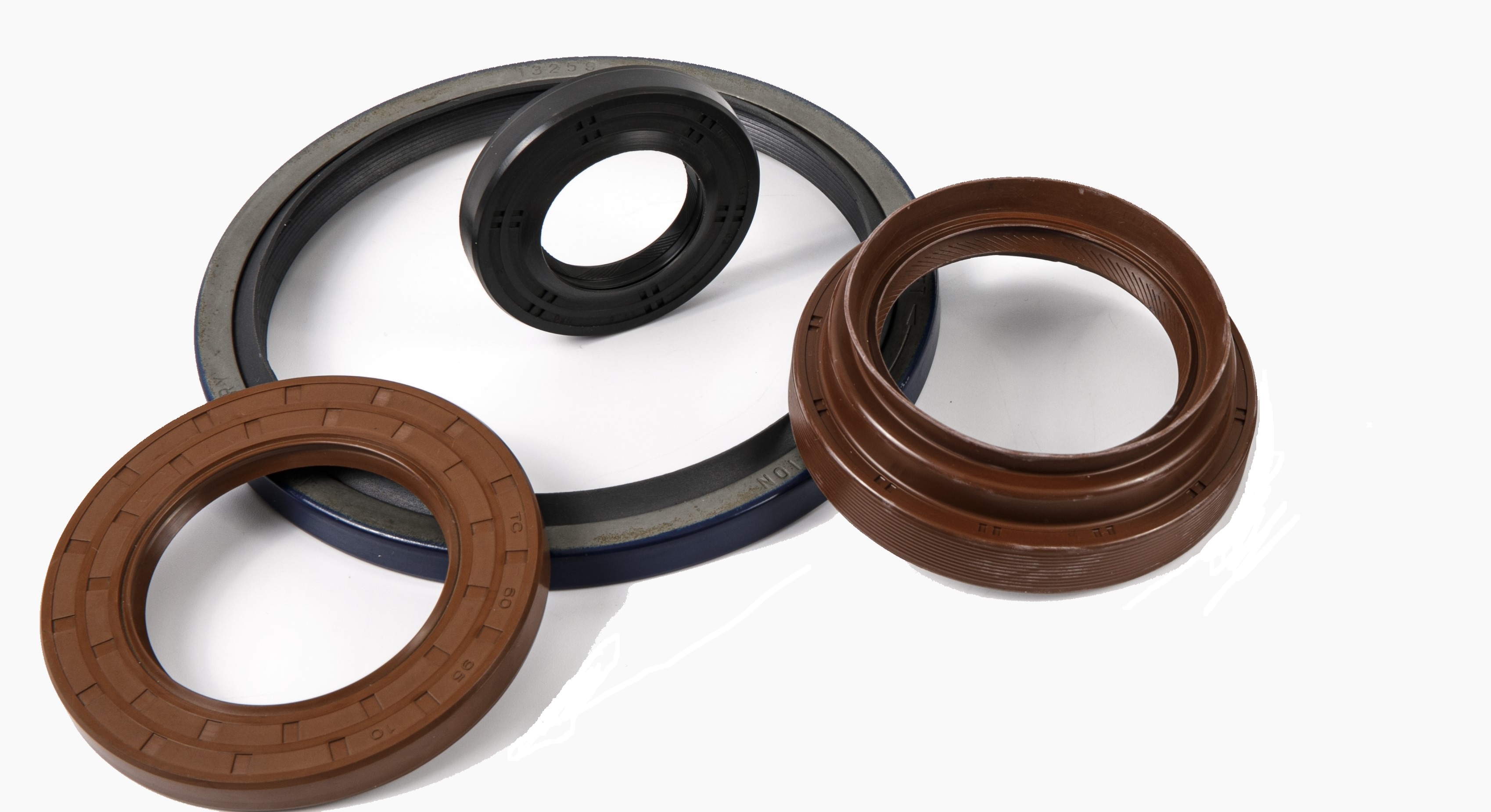Oil seals play a critical role in preventing fluid leakage and protecting machinery components. Their lifespan typically ranges from 30,000 to 100,000 miles or 3 to 5 years. Factors like material quality, operating conditions, and maintenance practices significantly influence durability. Proper care ensures oil seals perform efficiently and avoid premature wear or failure.
Key Takeaways
- Oil seals usually last 30,000 to 100,000 miles or 3 to 5 years. This depends on the material and how well they are cared for.
- Checking for damage and keeping them oiled can make them last longer. This also helps avoid expensive fixes.
- Good-quality seals and proper setup are important for them to work well in tough situations.
Factors Influencing Oil Seal Lifespan

Material Quality and Standards
The quality of materials used in manufacturing an oil seal directly impacts its lifespan. High-grade materials, such as nitrile rubber or fluorocarbon, resist wear and tear better than lower-quality alternatives. Manufacturers adhering to strict industry standards produce seals with consistent performance and durability. Inferior materials may degrade faster, especially when exposed to harsh chemicals or extreme temperatures. Selecting oil seals from reputable brands ensures reliability and reduces the risk of premature failure.
Operating Conditions
The environment in which an oil seal operates plays a significant role in its longevity. Excessive heat, cold, or exposure to abrasive particles can accelerate wear. For instance, seals used in high-speed machinery face greater stress due to friction and heat generation. Similarly, seals exposed to corrosive fluids or contaminants may deteriorate faster. Properly matching the seal type to the operating conditions helps mitigate these risks. For example, seals designed for high-temperature environments perform better under thermal stress.
Maintenance Practices
Routine maintenance extends the life of an oil seal. Regularly inspecting seals for signs of wear, such as cracks or leaks, allows for timely replacement before failure occurs. Proper lubrication reduces friction and prevents overheating, which can damage the seal. Additionally, ensuring that the installation process is precise and free of errors minimizes the chances of misalignment or damage. Neglecting maintenance often leads to reduced performance and costly repairs.
Identifying Oil Seal Wear or Failure

Common Symptoms
Recognizing the early signs of oil seal wear can prevent costly repairs and downtime. One of the most noticeable symptoms is fluid leakage around the seal. This often indicates that the seal has lost its ability to maintain a tight barrier. Another common sign is unusual noise, such as grinding or squealing, which may result from friction caused by a damaged seal. Excessive vibration in machinery can also point to a failing oil seal, as it may no longer provide proper alignment or cushioning. In some cases, a drop in system performance, such as reduced hydraulic pressure or overheating, signals that the seal is no longer functioning effectively. Identifying these symptoms early allows for timely intervention and minimizes further damage.
Inspection Tips
Regular inspections help detect oil seal issues before they escalate. Start by visually examining the seal for cracks, tears, or deformation. Pay close attention to the area around the seal for signs of fluid buildup or discoloration, which often indicate leakage. Rotate the shaft or component connected to the seal to check for smooth movement. Any resistance or irregular motion may suggest seal misalignment or wear. Use a flashlight to inspect hard-to-reach areas and ensure no debris or contaminants are compromising the seal. Always follow the manufacturer’s guidelines for inspection intervals and procedures. Consistent monitoring ensures the oil seal remains in optimal condition and extends its service life.
Extending the Lifespan of Oil Seals
Regular Maintenance
Routine maintenance is essential for prolonging the life of an oil seal. Regularly inspecting seals for wear or damage ensures early detection of potential issues. Cleaning the surrounding area prevents debris from compromising the seal’s integrity. Lubrication plays a critical role in reducing friction and heat, which can degrade the seal over time. Maintenance schedules should align with the manufacturer’s recommendations to ensure optimal performance.
Tip: Keep a maintenance log to track inspections and replacements. This practice helps identify patterns and prevent recurring issues.
High-Quality Seals and Installation
Using high-quality seals significantly enhances durability. Premium seals, made from advanced materials, resist extreme temperatures and chemical exposure better than standard options. Selecting seals that meet industry standards ensures reliability under demanding conditions. Proper installation is equally important. Misaligned or improperly seated seals often fail prematurely. Technicians should use the correct tools and follow installation guidelines to avoid damaging the seal during the process.
Note: Investing in high-quality seals may cost more initially but reduces long-term maintenance expenses.
Monitoring Operating Conditions
Monitoring the operating environment helps identify factors that may shorten the oil seal’s lifespan. Excessive heat, vibration, or exposure to corrosive substances can accelerate wear. Installing sensors to track temperature and pressure levels ensures the machinery operates within safe limits. Adjusting operating conditions, such as reducing speed or load, minimizes stress on the seal.
Reminder: Regularly review operating conditions to ensure they remain within the seal’s design specifications.
Oil seals typically last 30,000 to 100,000 miles or 3 to 5 years. Their longevity depends on material quality, maintenance, and operating conditions. Regular inspections and timely replacements prevent failures. High-quality seals and proper installation enhance durability. Addressing wear early ensures oil seals maintain optimal performance and protect machinery effectively.
FAQ
How can you tell if an oil seal needs replacement?
Fluid leaks, unusual noises, or visible cracks indicate a failing oil seal. Regular inspections help identify these issues early.
What happens if an oil seal fails?
A failed oil seal causes fluid leakage, leading to reduced system efficiency, overheating, or potential damage to machinery components.
Can oil seals be reused after removal?
Reusing oil seals is not recommended. Removal often damages the seal, compromising its ability to maintain a proper seal when reinstalled.
Post time: Jan-17-2025

